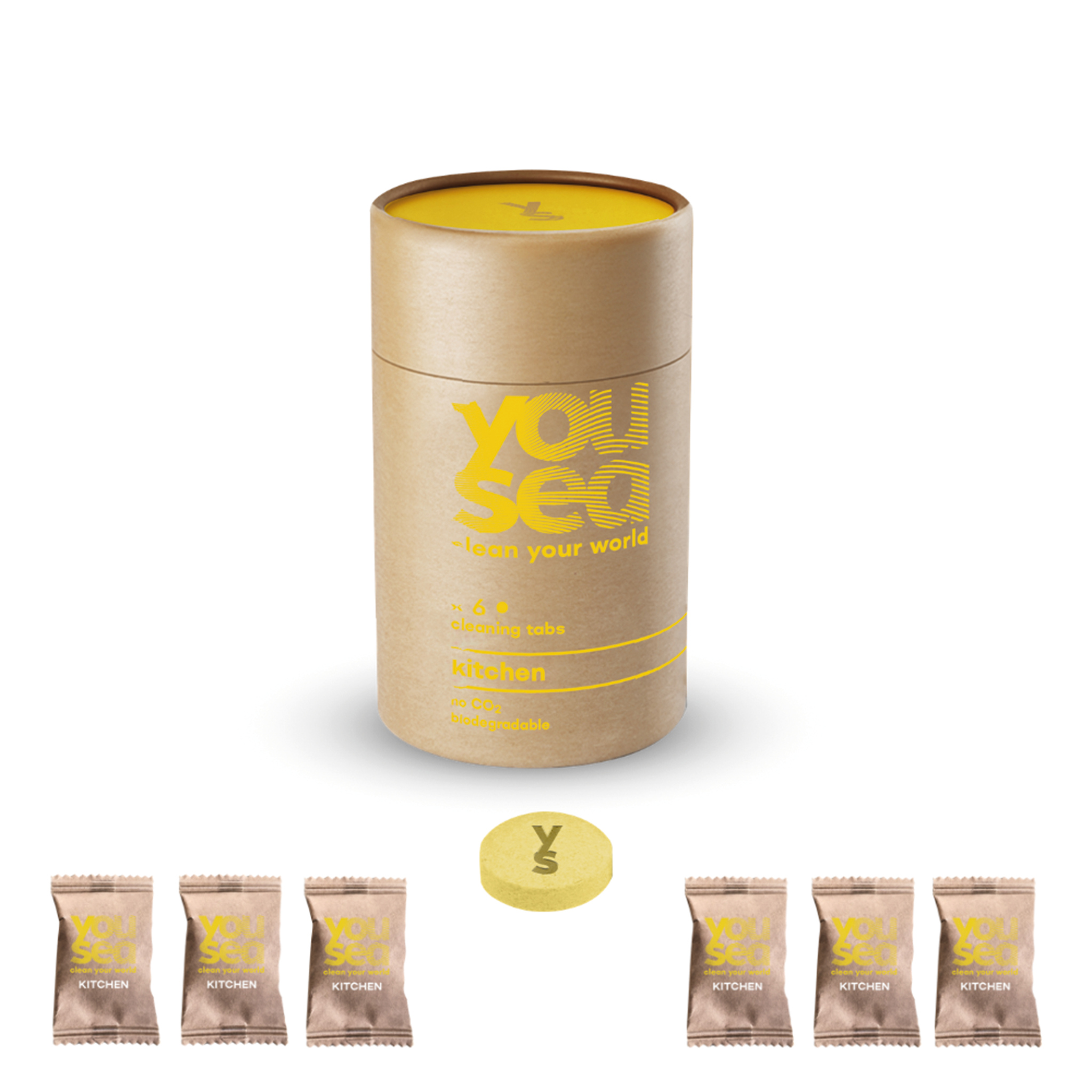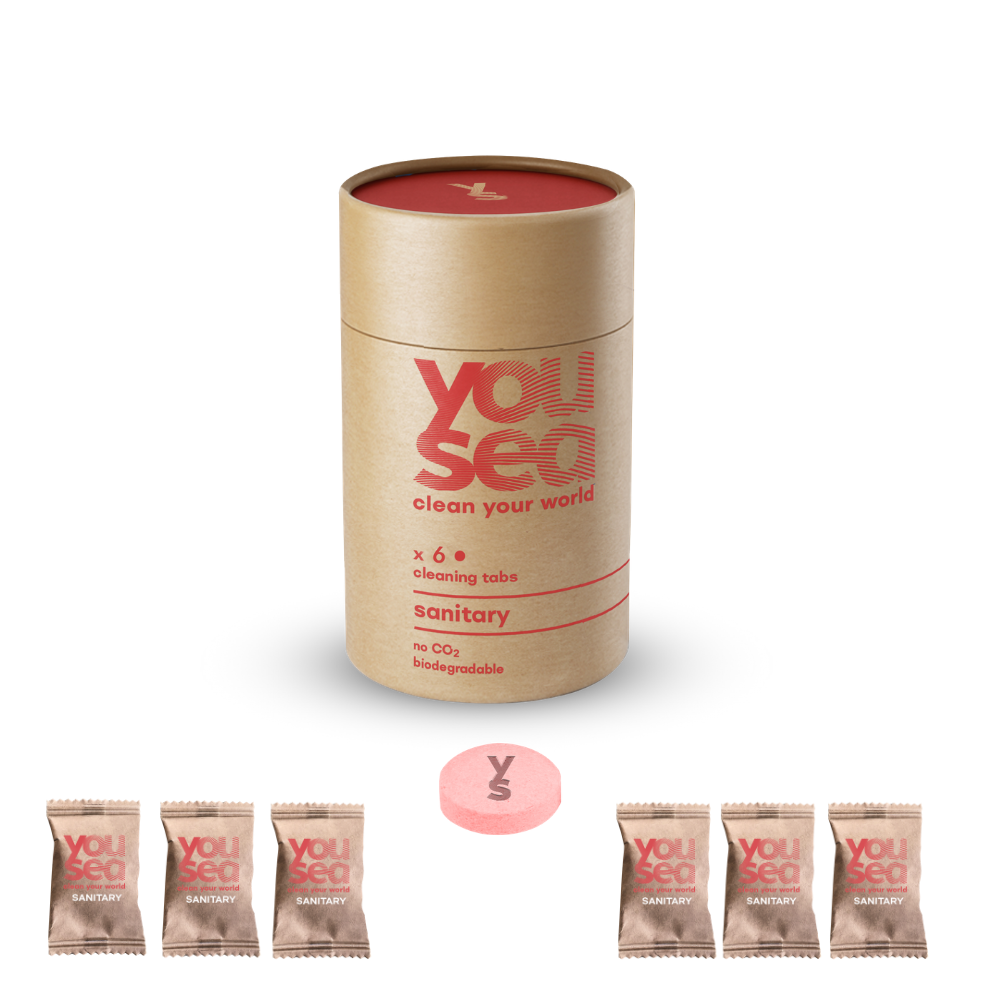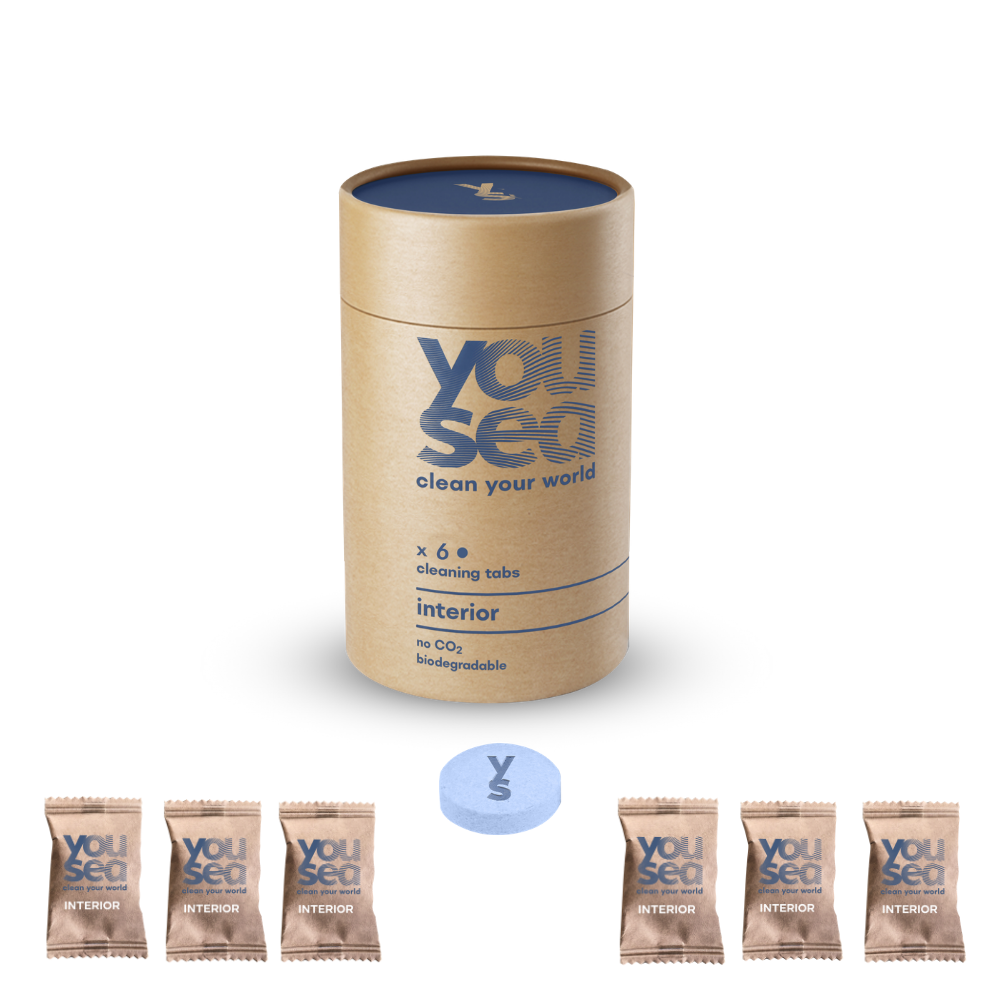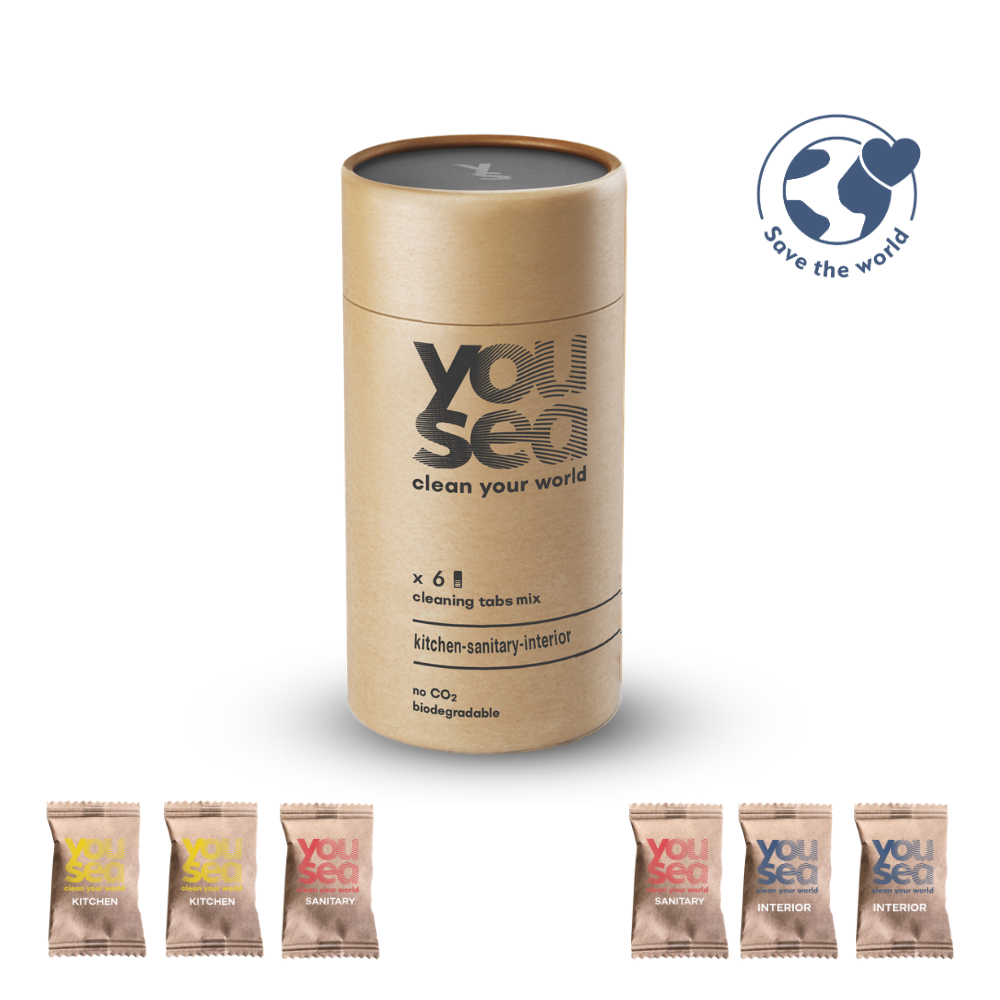Your shopping cart is empty.
Plastic
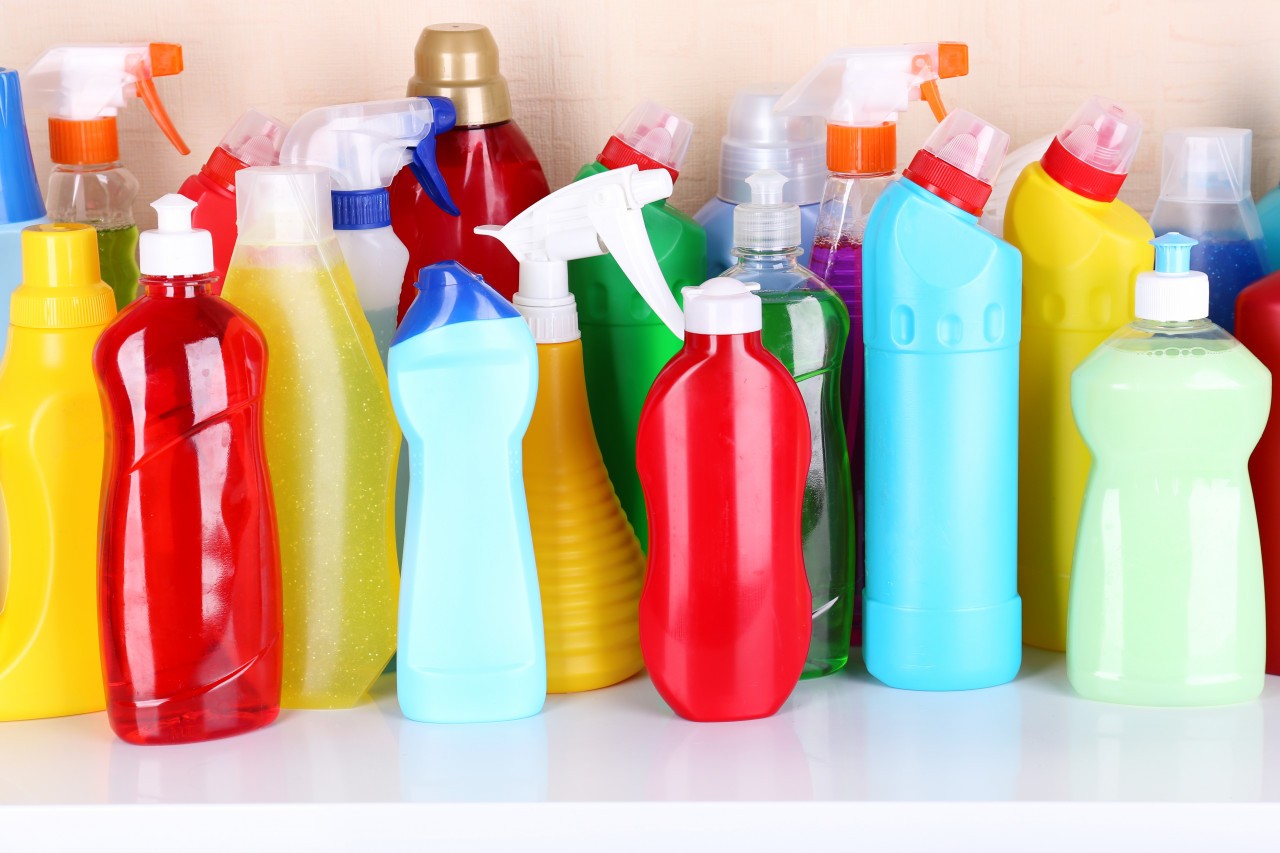
Plastic is a common material in our modern society. It is used in a variety of products, from packaging to toys and furniture. While plastic has many advantages, such as being lightweight, strong and cheap to make, it can also pose a significant environmental problem.
One of the biggest problems with plastic is that it is not biodegradable. This means that plastic takes thousands of years to decompose. This leads to huge amounts of waste and pollution of the environment, especially in the oceans. Plastic straws, bottles and bags are examples of plastic products that are often thrown away and pose a threat to marine animals.

Plastic can also release chemicals that can be harmful to health. Some plastics, such as polystyrene, contain substances that can cause cancer. In addition, plastic waste can lead to air and water pollution when it is incinerated or ends up in landfill sites.
Fortunately, there are ways to reduce the negative impact of plastic. One of the most important things we can do is reduce our plastic consumption. This can be done by consciously choosing products with less packaging material, using reusable bags and cups, and choosing sustainable alternatives to plastic, such as paper, bamboo or metal. We can also make sure we recycle plastic properly so it doesn't end up in the environment.
It is important to remember that plastic is an important environmental problem and we can all do our part to reduce its negative impact. By consciously choosing sustainable alternatives and reducing our plastic consumption, we can make a positive difference for the environment and future generations.

